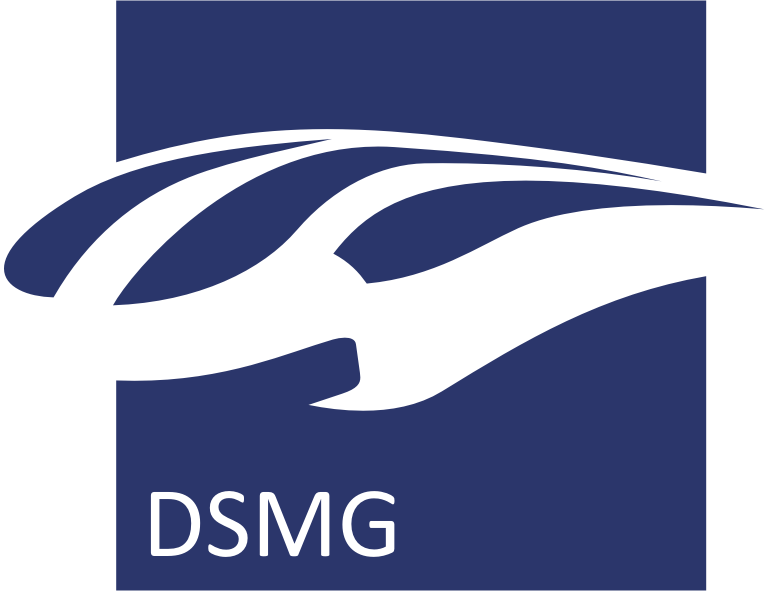DEBATE. The high-speed rail’s land bridges are like a clumsy and rigid spear through the landscape. Magnetic trains are also built on land bridges – and the economies of scale and time savings with prefabrication apply to a much greater extent to the lightweight magnetic train alternative, write Rune Wigblad and Mattias Svederberg.
The reports are consultant reports from Tågföretagen (performed by the company Kreera) and Region Jönköping (performed by WSP). The Swedish Transport Administration, Skanska and Kreera are considering a completely new technology alternative, high-speed trains on land bridges and also new forecasts for travellers, in order to quickly fix the problem of weak socio-economic profitability.
Theoretically, the advantages of land bridges are that they are built more industrially, avoid barrier effects, conflicts with crossing traffic and require less land exploitation. These advantages are achieved with all non-ground train constructions.
The high-speed rail’s land bridges are like a clumsy and rigid spear through the landscape. Magnetic trains are also built on land bridges and a debate article in Ny Teknik wondered if the government instead of a nice magnetic train bridge wants to see a dinosaur in the landscape. The economies of scale and time savings of prefabrication apply to a much greater extent to the lightweight magnetic train (EMS) alternative. Data is available at The International Maglev Board.
For the magnetic train EMS, the track sections weigh less than 50 percent of those for Skanska’s high-speed trains. Magnetic trains can also be prefabricated in a factory at a distance from the railway. Why not invest in lightweight alternatives when we have a concrete shortage in Sweden?
If our politicians and the Swedish Transport Administration now accept cost evaluations based on unproven alternatives, they should also evaluate an EU-funded magnetic train of that type, Nevomo’s magnetic train solution Magrailwhich can also serve the conventional tracks.
In February 2018, the Swedish Transport Administration carried out a socio-economic calculation that compared the two alternatives, high-speed trains at 250 and 320 km/h respectively. The calculation showed large socio-economic losses for both alternatives. They are on the same level as the Norrbothnia line.
Now the report from Region Jönköping makes new assumptions and an alternative calculation about larger travel flows, which suddenly changes the Swedish Transport Agency’s model that compares different train projects. However, travel currents are much higher with magnetic trains due to short travel times. A new calculation of this type gives clear advantages to magnetic train alternatives. Feel free to change the calculations for the better, but then make sure that all technology options are considered.
It has several times pointed out that magnetic train options are excluded in performed calculations, despite the fact that magnetic trains are actually existing technology that is proven. Fast magnetic trains (EMS, 400–600 km/h) have been in full commercial operation for 20 years (China) and in test operation for at least 35 years (Germany).
Traditional high-speed tracks also result in high operating costs. One would like to have the speed up during the planning because it gives calculative socio-economic benefits, but once the track is put into operation, lower speeds tend to be set, because it gives operational economic benefits. The magnetic train has a large comparative operating advantage with approx. 60-70 percent lower maintenance costs regardless of speed. Sweden needs life cycle analyzes with all conceivable alternatives specified.
An unbiased study that includes magnetic trains could reveal a proven solution with greater time value for money and thus the potential to unify today’s conflicting political wills.
Rune Wigbladeprofessor of business administration at Strömstad Academy and chairman of DSMG, The Scandinavian Magnetic Train Group
Matthias Svederbergengineer, member of DSMG, The Scandinavian Magnetic Train Group
Link to the article: https://gamingsym.in/the-magnetic-trains-land-bridges-are-much-better-than-the-high-speed-trains/
